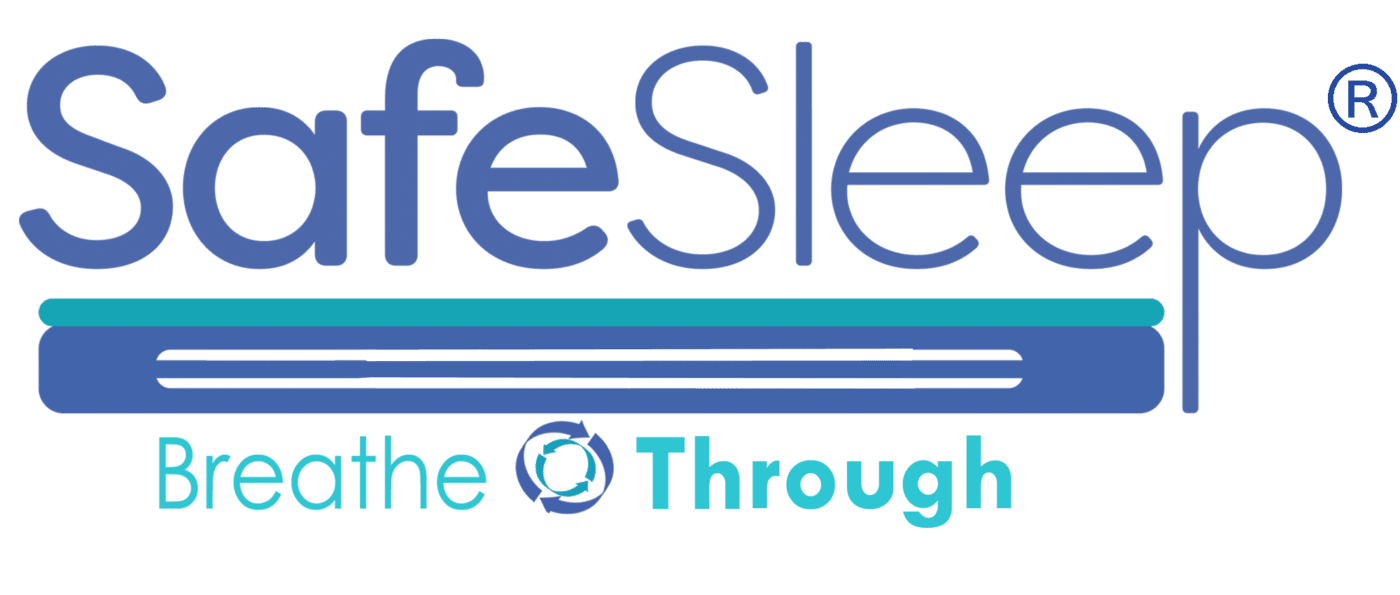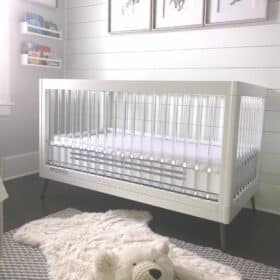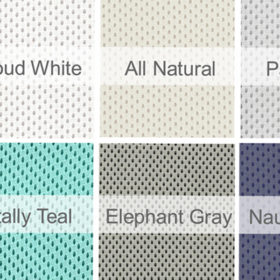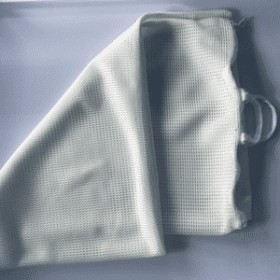No products in the cart.
Results: The SafeSleep® Crib Mattress has a 10 fold decrease in carbon dioxide accumulation compared to a firm crib mattress. It takes 2 minutes for carbon dioxide to dissipate on a firm crib mattress with a tight sheet; it takes less than 1/2 a second for it to dissipate on the SafeSleep® Crib Mattress. An infant takes a breath every 1-2 seconds, meaning the carbon dioxide (poisonous gasses) would be gone before the infant takes their next breath of air – even if face straight down.




